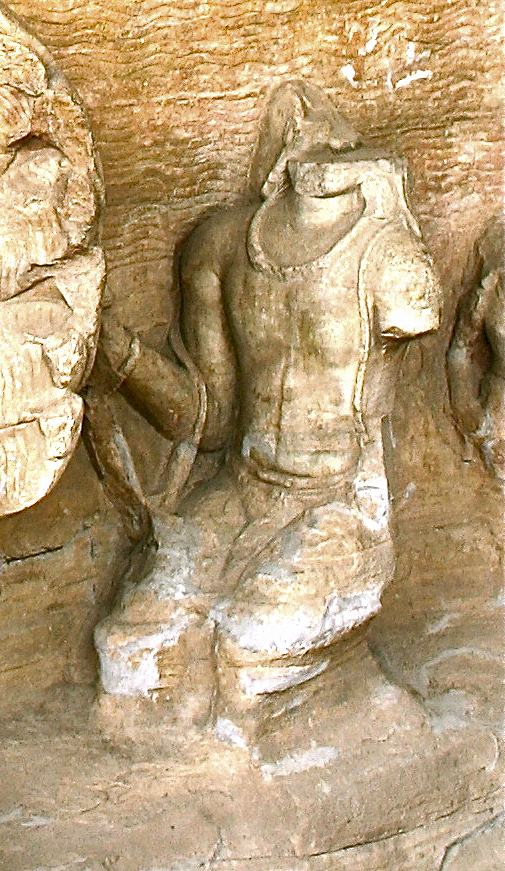The Udayagiri Caves stand as a remarkable testament to the rich cultural and religious tapestry of ancient India, offering a profound glimpse into the architectural and spiritual landscape of the 1st century BCE. Nestled in the heart of Bhubaneswar, Odisha, these cave complexes represent more than mere stone structures; they are living narratives of a civilization's depth and complexity.
King Kharavela of the Mahameghavahana dynasty emerges as a central figure in this historical narrative, his vision transforming solid rock into intricate monastic spaces that would preserve the essence of Jainism for centuries. The caves, particularly the renowned Ranigumpha, showcase an extraordinary level of craftsmanship, with each carved surface telling stories of religious devotion, cultural practices, and the sophisticated artistic sensibilities of the era.
The architectural marvel of Udayagiri lies not just in its physical construction but in its profound spiritual symbolism. Each sculpture, each carefully hewn surface represents a deliberate act of cultural preservation, capturing the philosophical and religious nuances of Jainism during a transformative period in Indian history. The caves serve as a complex manuscript of stone, revealing layers of social, religious, and artistic understanding that transcend mere physical representation.
Archaeological evidence within these caves provides invaluable insights into the socio-cultural dynamics of ancient Odisha. Inscriptions and sculptural details reveal complex narratives about monastic life, religious practices, and the intellectual environment of the time. Scholars have meticulously studied these elements, uncovering subtle yet significant details about community structures, philosophical developments, and artistic expressions of the period.
The religious significance of Udayagiri cannot be overstated. As a primary center of Jain monastic activity, these caves were not merely residences but profound spiritual spaces where meditation, learning, and philosophical discourse flourished. The intricate depictions of goddesses, wild animals, and symbolic representations reflect a nuanced understanding of religious iconography and spiritual metaphors.
Beyond their religious importance, the Udayagiri Caves represent a significant archaeological resource. The rock-cut architecture demonstrates remarkable technical skill, with monks and artisans transforming solid stone into intricate living and contemplative spaces. The construction techniques, material selections, and architectural planning reveal a sophisticated understanding of engineering and aesthetic principles that were advanced for their time.
Modern preservation efforts by the Archaeological Survey of India have been crucial in maintaining the integrity of these historical treasures. By carefully managing and protecting these monuments, researchers and conservationists ensure that future generations can continue to learn from and appreciate this extraordinary cultural heritage. The caves stand not just as static historical artifacts but as dynamic educational resources that continue to inspire scholarly research and cultural understanding.
Today, the Udayagiri Caves attract scholars, spiritual seekers, and tourists from around the world, serving as a living bridge between ancient cultural practices and contemporary global interest in archaeological and historical sites. They represent more than a tourist destination; they are a profound narrative of human creativity, spiritual exploration, and cultural resilience, inviting visitors to connect with a rich and complex historical legacy.







